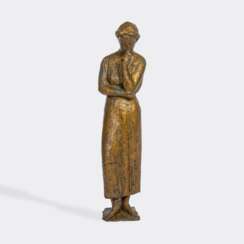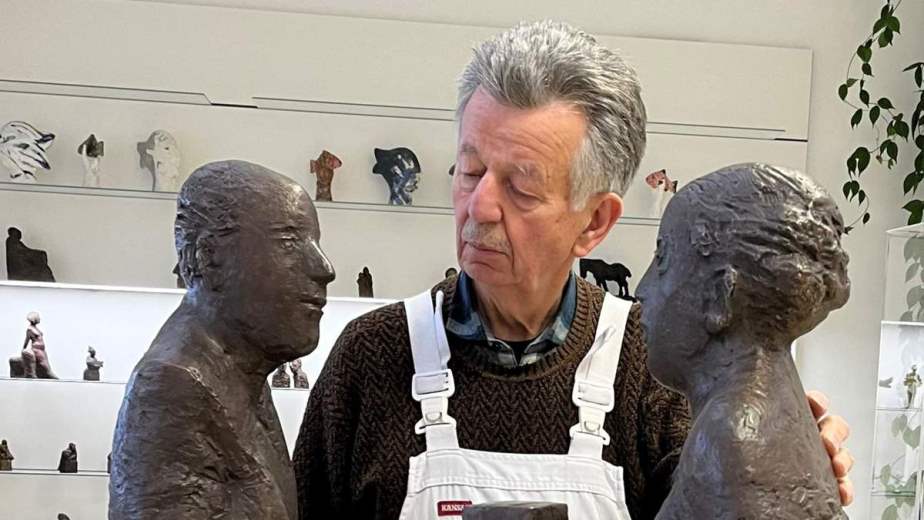
Sculptures and Bronzes — Kunst und Antiquitäten
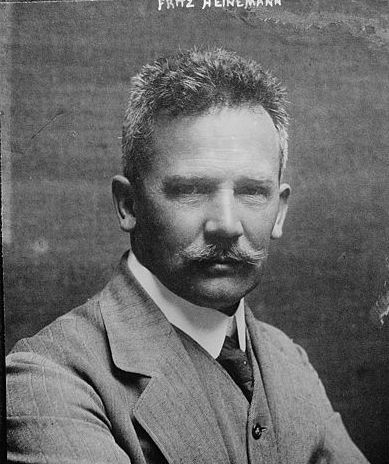
Fritz Heinemann was a German sculptor. Heinemann belonged to those artists who set themselves apart from the prevailing New Baroque of the time by Reinhold Begas and his students with a tectonic formal language in the sense of Adolf von Hildebrand. Some figures are close to the works of Auguste Rodin. His work covers almost the entire sculptural spectrum: monuments, gravestones, genre figures, busts and small bronzes.

Rudolf Kaesbach was a German sculptor.
Rudolf Kaesbach studied at the academies of Hanau (drawing), Paris (foundry) and Brussels. In Düsseldorf he ran a workshop in which he cast his own models.
After 1904, Rudolf Kesbach presented a series of life-size marble figures to the public at exhibitions in Berlin, Düsseldorf and Malmö. Later he devoted himself increasingly to the depiction of nude women. Much of his work took him beyond Art Nouveau to Art Deco.
In 1939, 1940, 1941 and 1943, Kiesbach exhibited his sculptures at the Great German Art Exhibitions in Munich. These exhibitions were representative under National Socialism.
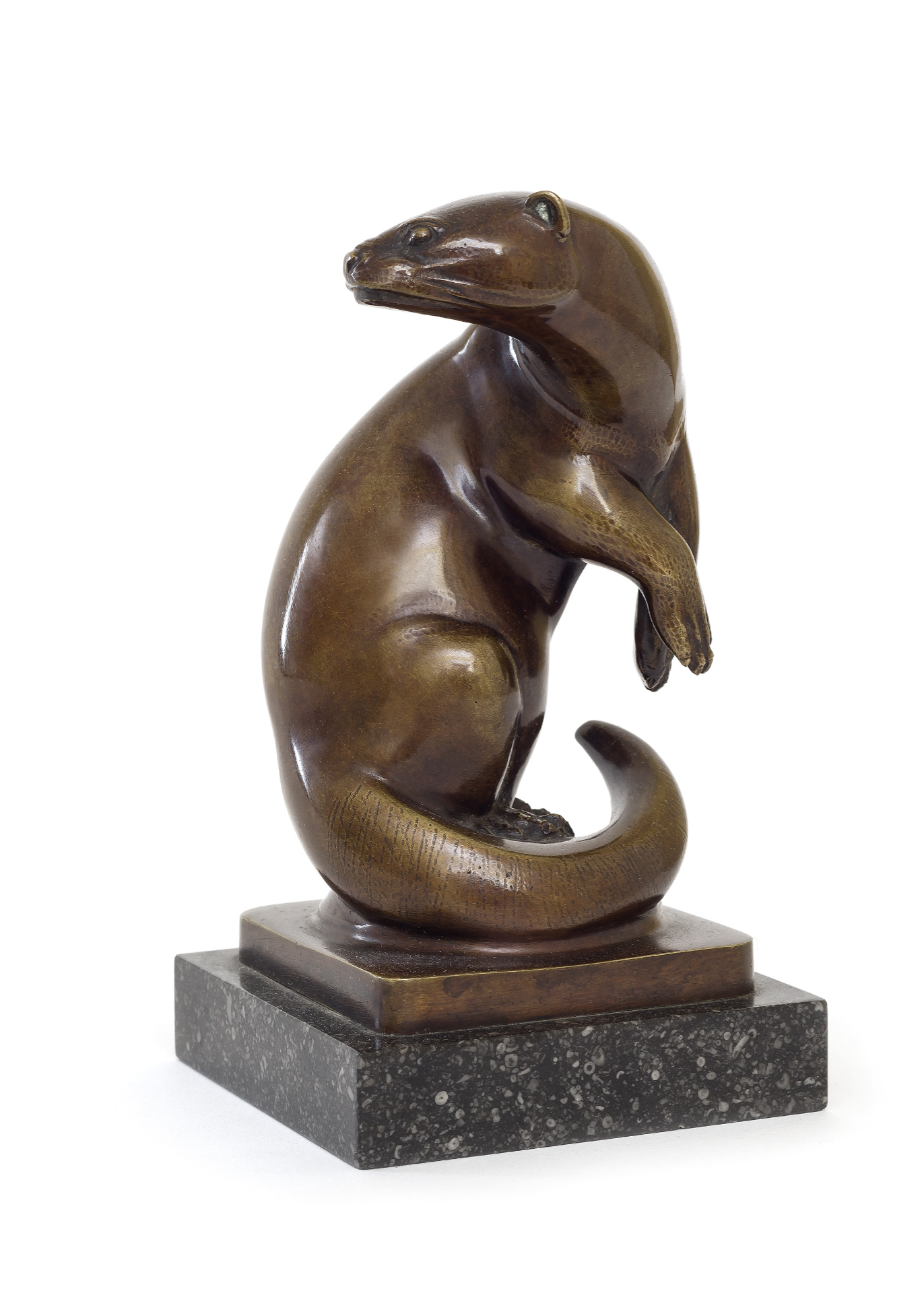
Max Esser was a German sculptor and designer, celebrated for his intricate animal sculptures and porcelain figurines. Born in 1885, Esser's career was marked by his detailed and lifelike representations of animals, which garnered significant acclaim and recognition in the art world.
Max Esser's education at the Kunstgewerbemuseum Berlin and the Berlin Art Academy honed his skills in sculpture, leading to regular exhibitions at the Great Berlin Art Exhibition from 1906. His works, often characterized by their expressive nature and technical precision, reflect his deep understanding of animal anatomy and movement.
Several of Max Esser's works are held in prestigious collections, such as the Metropolitan Museum of Art. Notably, his chess set at the Met, featuring materials like silver, ivory, and ebony, showcases his versatility and craftsmanship. This set is adorned with zodiac and astrological symbols, adding a layer of depth and intrigue to each piece.
Max Esser's works have also been featured in numerous auctions, with pieces like his bronze birds and Meissen porcelain figurines achieving significant attention and high bids. His 'Eagle' figurine for Meissen, made in 1931, is a testament to his skill with porcelain, capturing the majesty and fierceness of the eagle in a delicate medium.
For collectors and experts in art and antiques, the works of Max Esser offer a blend of historical value and exquisite artistry. His contributions to porcelain art and animal sculpture remain influential, continuing to inspire admiration and scholarly interest.
To stay informed about upcoming sales and auction events featuring Max Esser's work, sign up for our newsletter. This subscription is an essential resource for collectors keen on acquiring pieces by renowned artists like Esser.
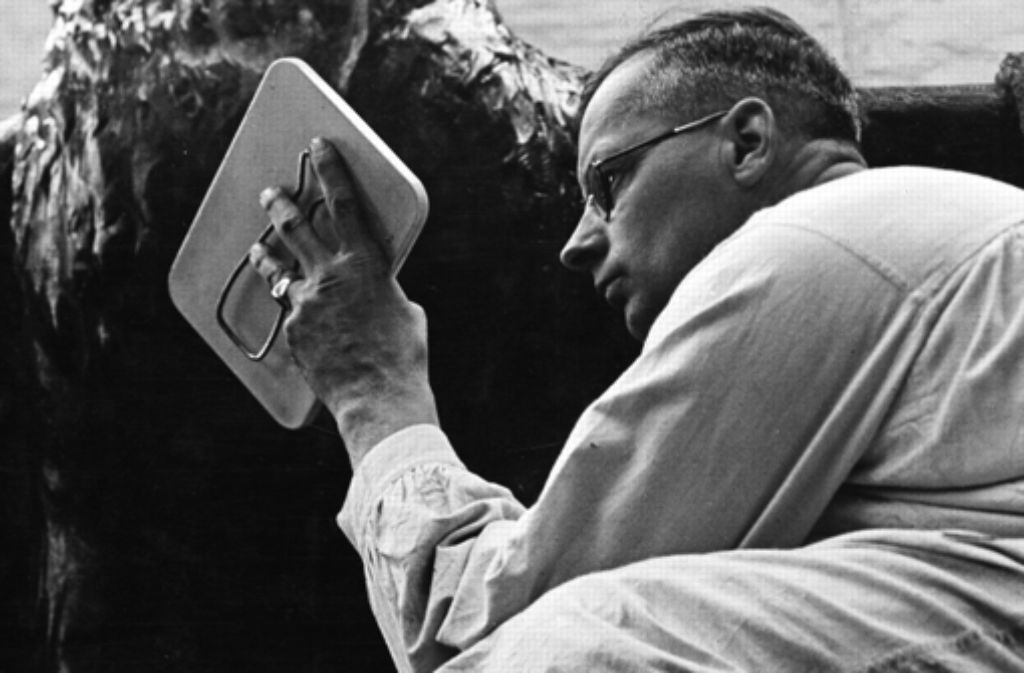
Fritz von Graevenitz was a German painter, sculptor and university lecturer. He studied fine art at the Academy of Fine Arts in Stuttgart.
The National Socialists promoted Fritz von Grevenitz as an artist and represented him several times at the Great German Art Fairs in Munich.
Fritz von Grevenitz mainly created monuments, cenotaphs, fountains, portraits and animal figures, most of which are in public places in German cities.
.jpg)
Arno Breker was a German architect and sculptor who is best known for his public works in Nazi Germany, where they were endorsed by the authorities as the antithesis of degenerate art. He was made official state sculptor, and exempted from military service. One of his better known statues is Die Partei, representing the spirit of the Nazi Party that flanked one side of the carriage entrance to Albert Speer's new Reich Chancellery.
.jpg)
Arno Breker was a German architect and sculptor who is best known for his public works in Nazi Germany, where they were endorsed by the authorities as the antithesis of degenerate art. He was made official state sculptor, and exempted from military service. One of his better known statues is Die Partei, representing the spirit of the Nazi Party that flanked one side of the carriage entrance to Albert Speer's new Reich Chancellery.
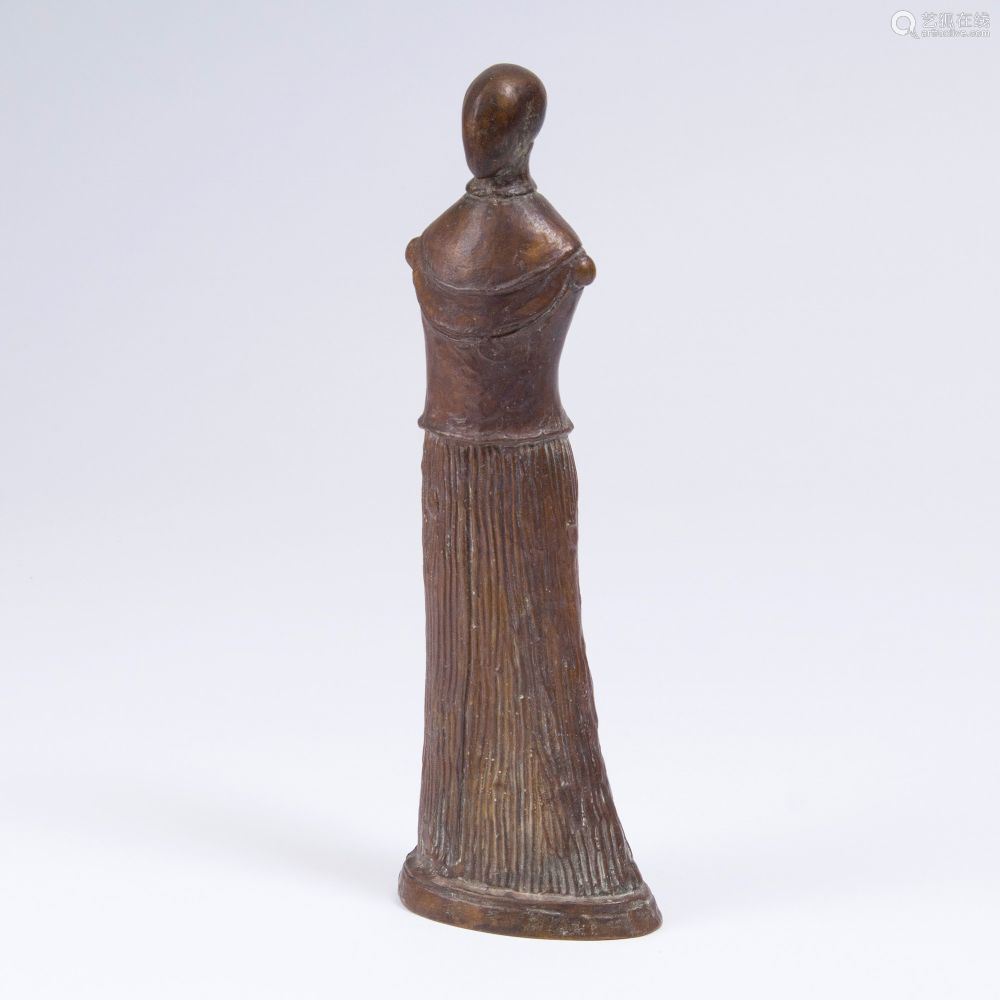
Edgar Augustin was a German painter and sculptor.
Augustin studied sculpture in Münster with Karl Ehlers, then was a pupil of the master Gustav Zeitz in Hamburg. His oeuvre includes partly abstract figurative representations in bronze, wood and plaster as well as paintings, drawings and graphics. Some of Edgar Augustine's sculptures are located in public spaces in Hamburg and other cities.
Edgar Augustin was a member of the Free Academy of Arts in Hamburg and the Special Association of Artists in Germany. In the second half of the 20th century, Augustin was one of the pioneers of figurative wood sculpture and is considered its most important representative.
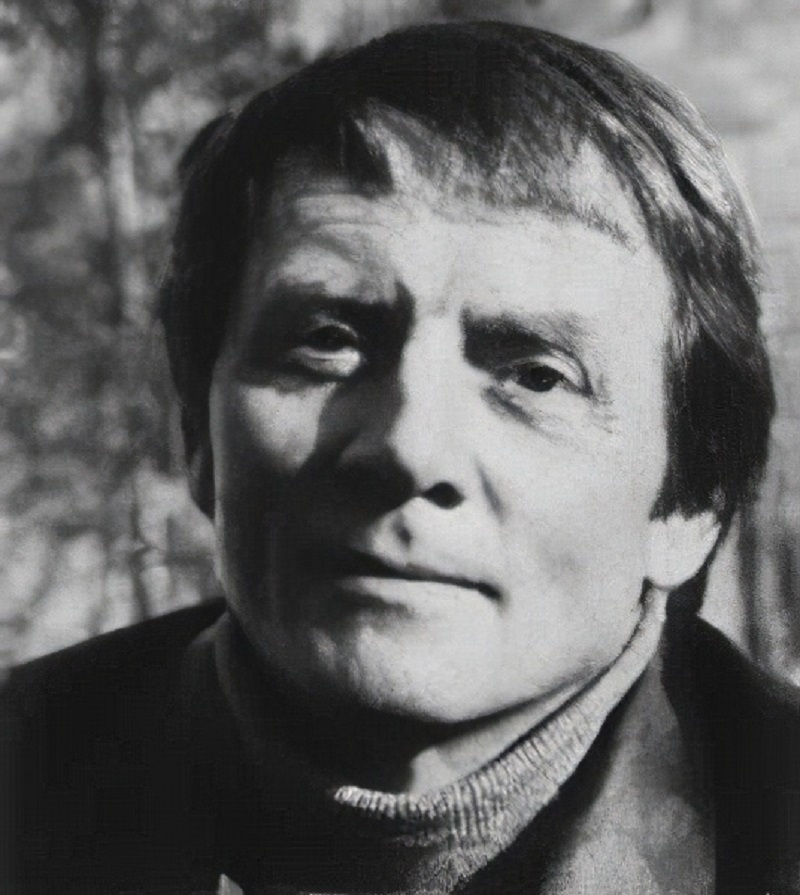
Fritz Fleer is a German painter and sculptor. He studied at the Hamburg University of Fine Arts in the class of Edwin Paul Scharf.
As independent artist, Fritz Fleer has been creating works for urban planning since the 1950s; in Hamburg he was commissioned for 17 sculptures by the municipal housing company SAGA.
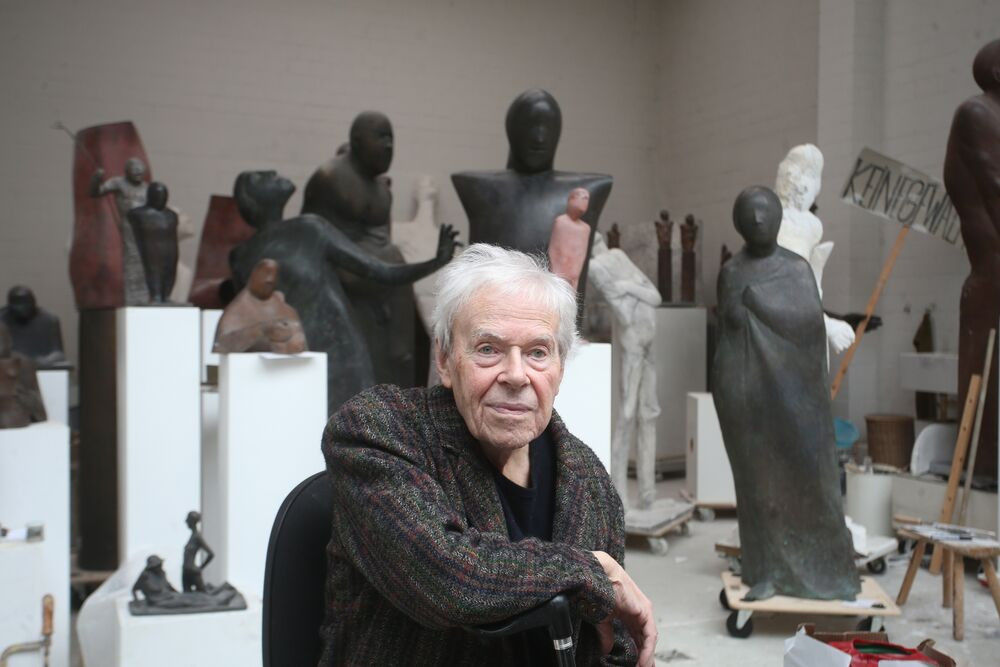
Waldemar Otto is a German sculptor of Polish descent.
Otto studied sculpture at the Academy of Fine Arts in Berlin, won the 1957 Grosse Berliner Kunstausst Prize, lived with his family in the United States, and moved to Bremen in 1973, accepting a professorship at the University of the Arts. He founded the Bremer School of Sculpture there and then moved to Worpswede.
Waldemar Otto practiced figurative sculpture in the form of torsos, creating his figurative human images in wood, granite, bronze and cast stone. Many of his works can be seen in public spaces in various German cities.
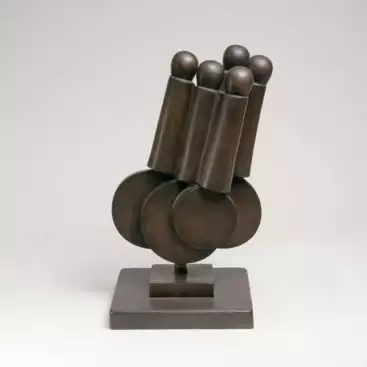
Georg Engst was a German sculptor.
Engst preferred to work in wood, stone and bronze, but also in aluminium, concrete and glass. Much of his artistic work from the mid-1950s onwards is abstract-geometric in character, initially in the form of inlaid panels and inlaid walls made of wood, for example for a commission for the conference room of the Regional Church Office in Hanover in 1957.

Georg Engst was a German sculptor.
Engst preferred to work in wood, stone and bronze, but also in aluminium, concrete and glass. Much of his artistic work from the mid-1950s onwards is abstract-geometric in character, initially in the form of inlaid panels and inlaid walls made of wood, for example for a commission for the conference room of the Regional Church Office in Hanover in 1957.

Georg Engst was a German sculptor.
Engst preferred to work in wood, stone and bronze, but also in aluminium, concrete and glass. Much of his artistic work from the mid-1950s onwards is abstract-geometric in character, initially in the form of inlaid panels and inlaid walls made of wood, for example for a commission for the conference room of the Regional Church Office in Hanover in 1957.

Georg Engst was a German sculptor.
Engst preferred to work in wood, stone and bronze, but also in aluminium, concrete and glass. Much of his artistic work from the mid-1950s onwards is abstract-geometric in character, initially in the form of inlaid panels and inlaid walls made of wood, for example for a commission for the conference room of the Regional Church Office in Hanover in 1957.






















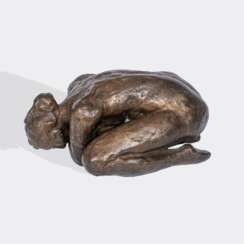




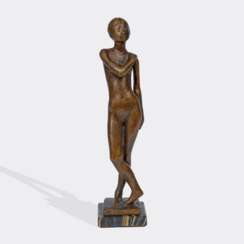

.jpg)
